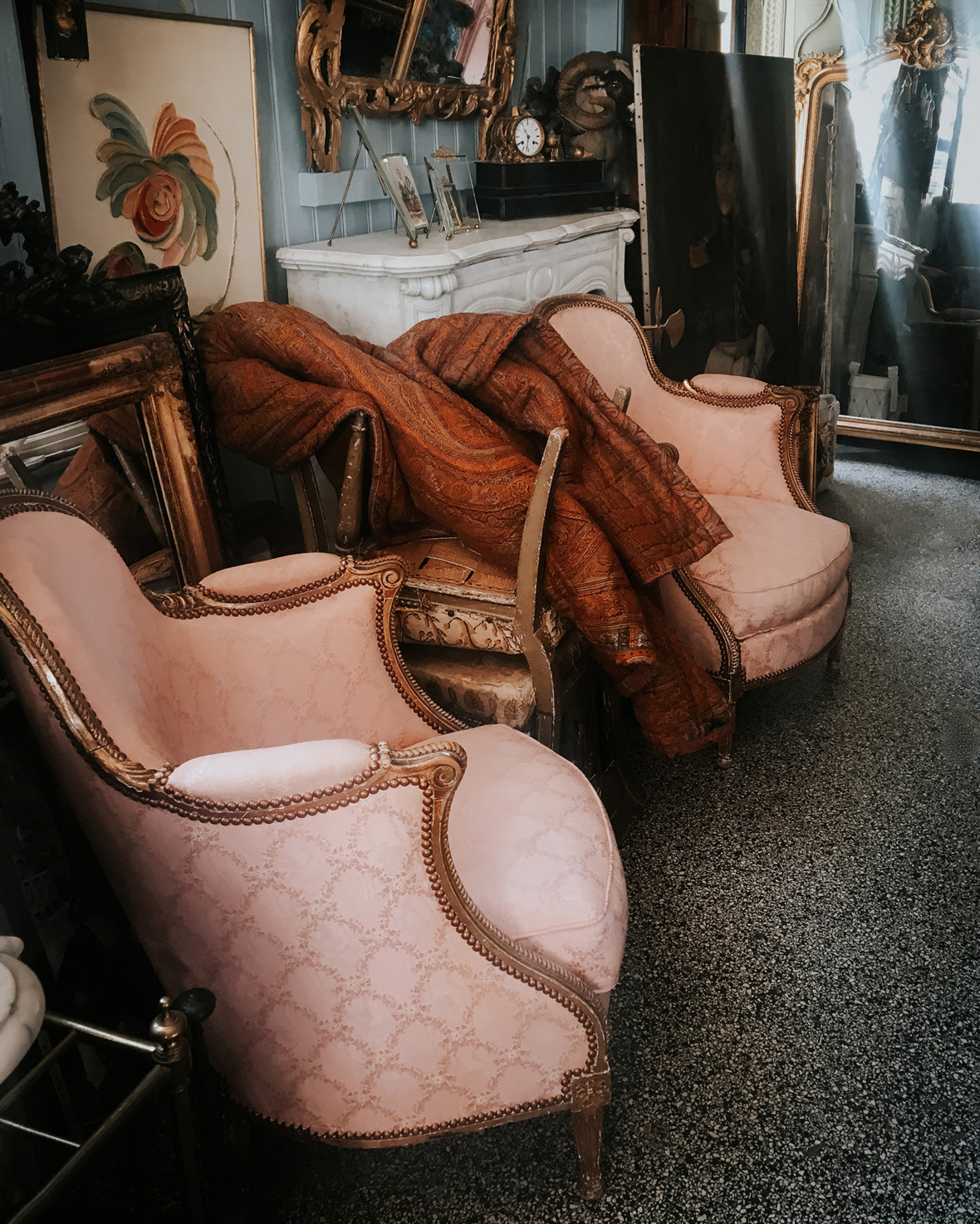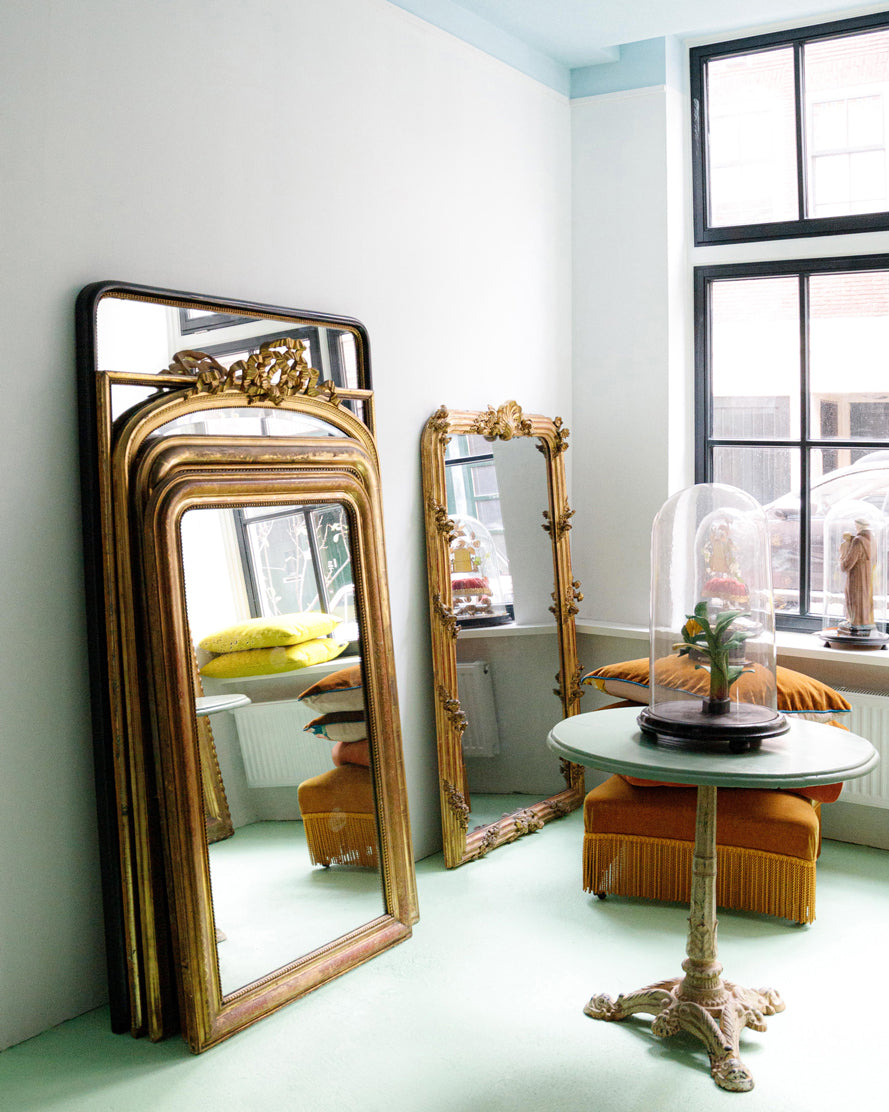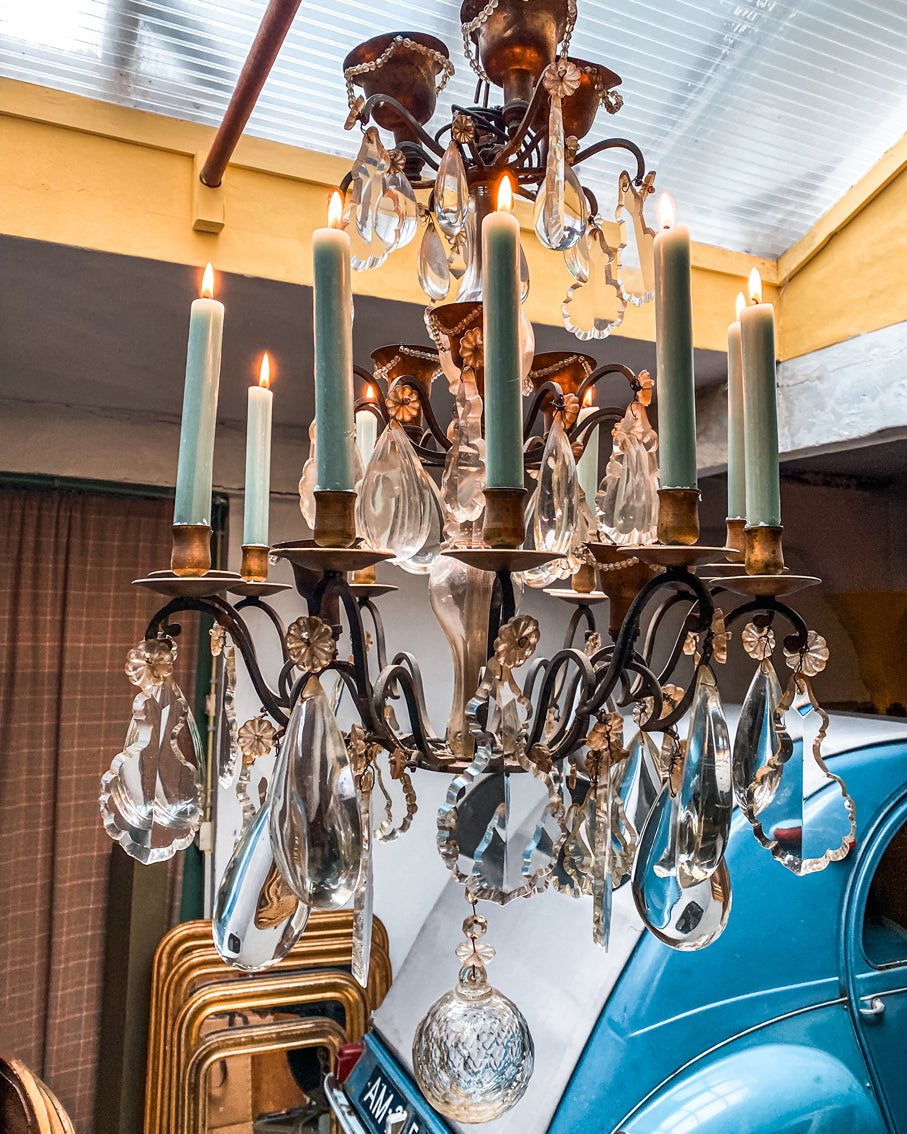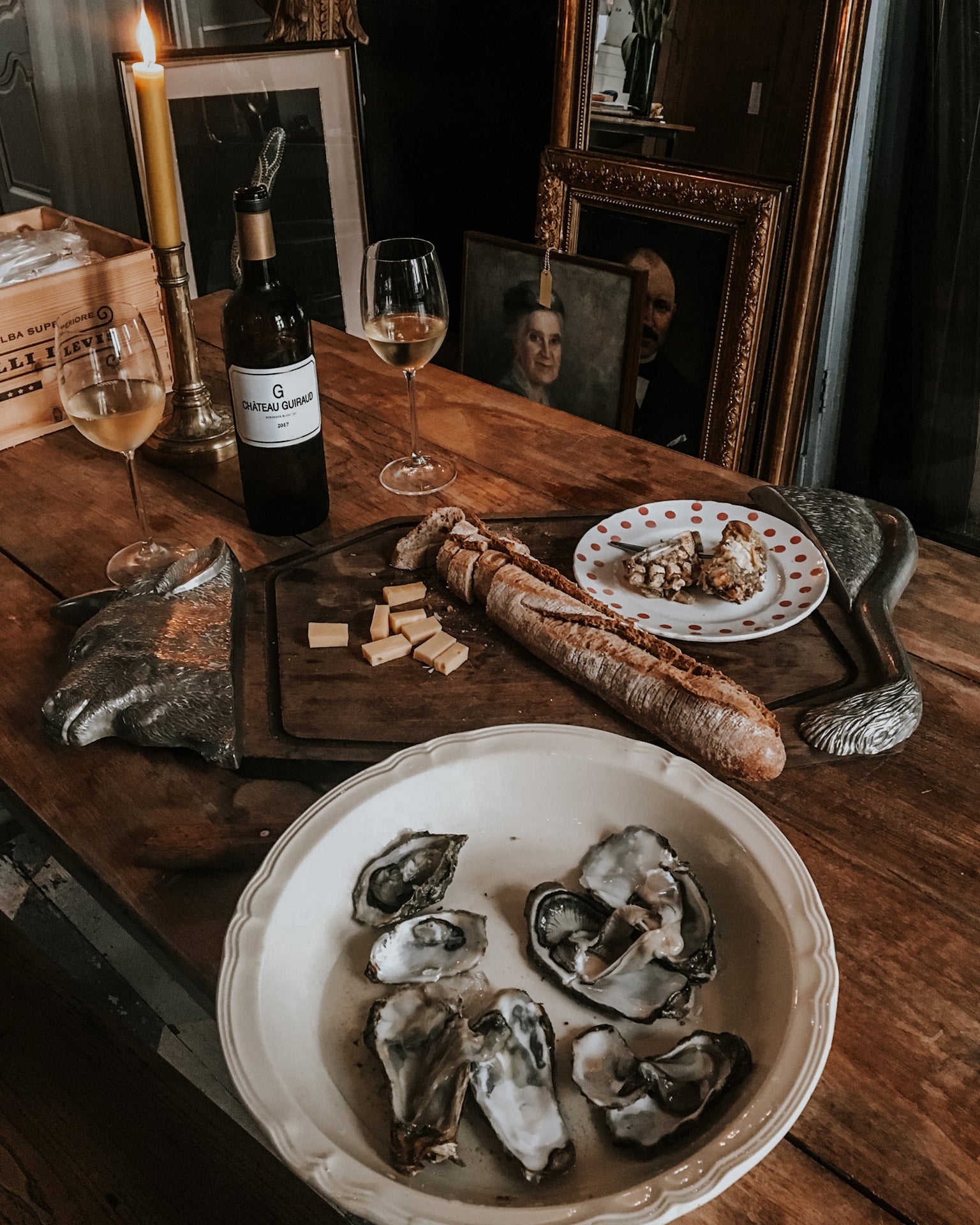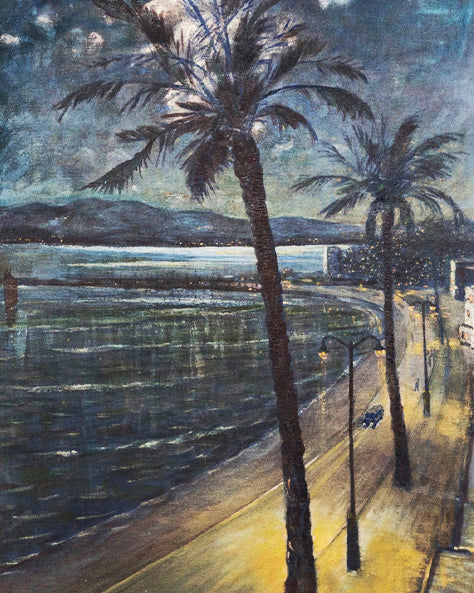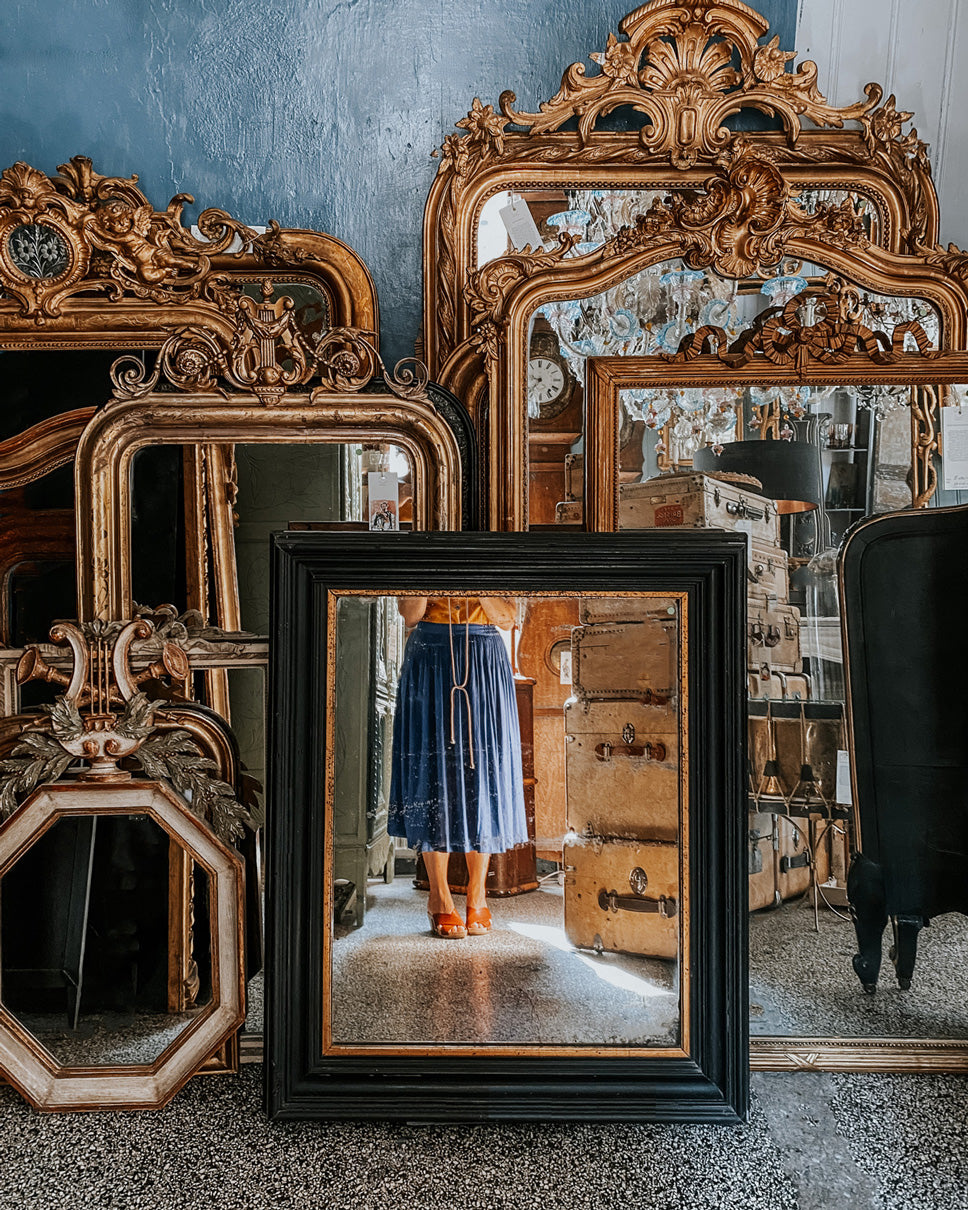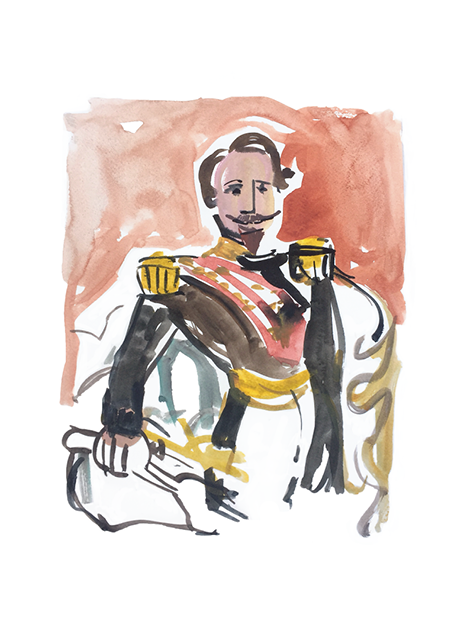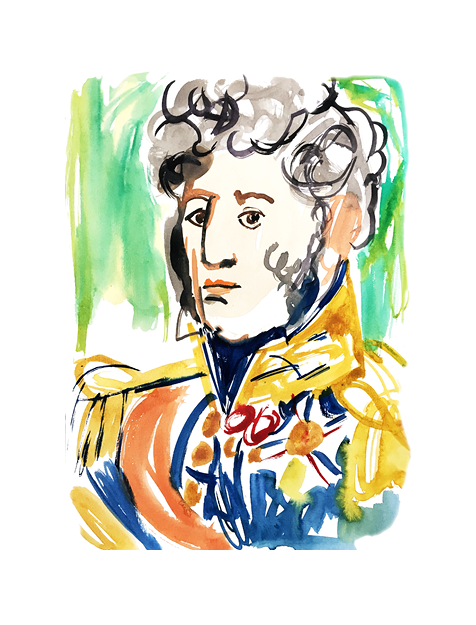Article: 10. Meet the French Royals and their styles: Napoléon III
10. Meet the French Royals and their styles: Napoléon III
Napoléon III, president of France from 1848 to 1870, became the first French ruler elected by popular vote. Before becoming Emperor, he attempted several coups d’état. Imprisoned after his second coup, he wrote several articles, poems, and essays, becoming well known for his support for the poor. He escaped prison by disguising as a lumberjack and simply walking out of the prison. During his regime, Napoléon III restored several important landmarks and commissioned Baron Haussmann to re-design the city centre of Paris. He also directed development of the French railway network. After the fall of his reign, Napoléon III passed the time with designing a stove that would be more energy efficient.
Furniture style: Napoléon III
The beginning of industrialisation caused the appearance of new materials like bamboo, iron frameworks and papier-mâché. The Napoléon III style is highly eclectic and gives importance to ornamentation; gilt bronzes, mother-of-pearl-inlay or porcelain plates are in fashion. Natural wood disappears and is replaced by (black ebony) veneers, polychrome wood, and wood painted with black lacquer. Small pieces of furniture win in popularity over more imposing ones.
Opulence and Grandeur
Opulence and grandeur are back! The designs aimed to reflect the wealth and power of the Second French Empire. Rich materials, intricate details, and luxurious finishes were common.
Classical elements from ancient Greece and Rome were reintroduced, with an emphasis on symmetry, classical columns, and friezes. The use of motifs such as acanthus leaves and laurel wreaths was prevalent. Exotic motifs and influences from Eastern cultures, particularly Orientalism, gained popularity.
Upholstered furniture featured tufted upholstery, often in sumptuous fabrics like velvet or brocade. Sofas and chairs were generously padded for comfort.
Cabinetmaking Expertise
Skilled cabinetmakers played a crucial role in creating the intricate details and high-quality craftsmanship associated with Napoleon III furniture. Emphasis was placed on the artistry of furniture making.
Large and Ornate Mirrors
Mirrors were a key element in Napoleon III interiors. Large, ornate mirrors with elaborate frames became focal points, reflecting the desire for opulence and creating a sense of space.
Expansion of Decorative Arts
The Napoleon III era witnessed a flourishing of the decorative arts. Various objects, including clocks, candelabras, and decorative boxes, were crafted with attention to detail and artistic expression.
The Napoleon III Furniture style represents a period of revival, eclecticism, and a blending of historical influences. It captures the spirit of the mid-19th century, characterized by both a fascination with the past and a desire for innovation and luxury.

